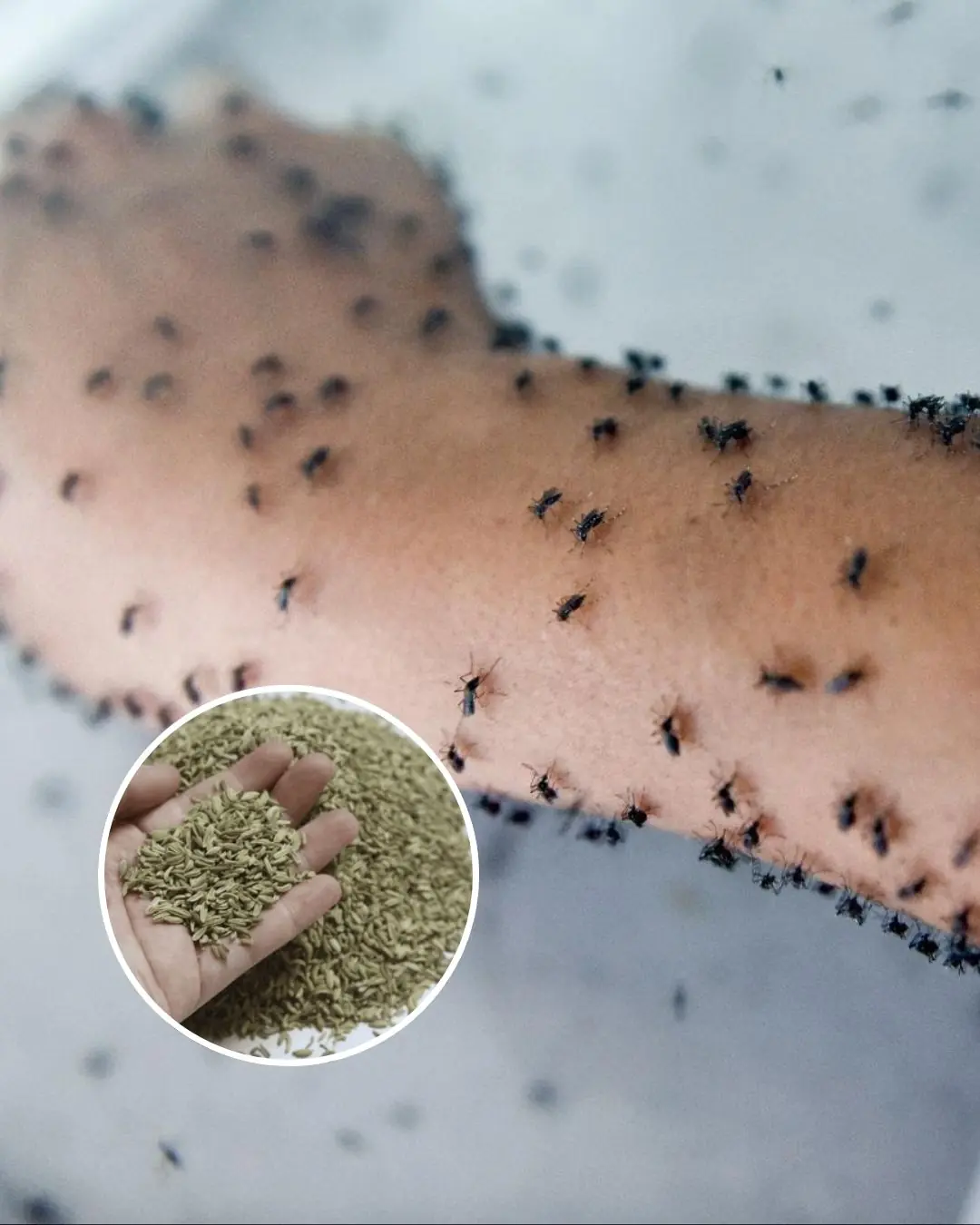
“Cases Are Exploding”: Living Near a Golf Course May Raise Your Risk of Parkinson’s, Study Warns
In recent years, the serene image of living near a golf course—green landscapes, quiet neighborhoods, and leisurely lifestyles—has attracted many homeowners. However, a new study has cast a shadow over this ideal. Researchers have found that people living close to golf courses may face a significantly higher risk of developing Parkinson’s disease. This unexpected connection raises concerns about the unseen environmental consequences of maintaining these lush recreational spaces.
The study, conducted by a team of environmental health scientists, suggests that the increased use of pesticides and herbicides on golf courses may be a key contributor. Golf courses require constant maintenance to keep the turf immaculate. This involves heavy application of chemicals to control pests, weeds, and diseases that affect grass. Unfortunately, many of these substances contain compounds known to affect the human nervous system. Some of them, like paraquat and maneb, have already been linked to higher rates of Parkinson’s in previous research.
Parkinson’s disease is a progressive neurological disorder that affects movement, balance, and coordination. Symptoms include tremors, stiffness, and slowed movement, and the condition becomes more debilitating over time. Although its exact causes are still being studied, environmental factors are believed to play a critical role in triggering the disease, especially in genetically susceptible individuals.
In the recent study, researchers analyzed health data from thousands of residents living near golf courses in various regions. They found that cases of Parkinson’s were significantly more common in these areas than in neighborhoods further away from such facilities. Moreover, the closer people lived to a golf course, the higher their risk appeared to be. The correlation remained strong even after adjusting for other variables such as age, smoking status, and socioeconomic background.
This discovery is alarming, especially because many retirees—who are at higher risk for Parkinson’s simply due to age—choose to settle in homes bordering golf courses. These communities are often marketed as healthy and peaceful places to live. However, the study suggests that constant exposure to low levels of neurotoxic chemicals might silently raise their risk of serious illness over time.
Critics argue that more research is needed to prove causation, not just correlation. While this is scientifically valid, the growing body of evidence linking pesticide exposure to neurological disorders cannot be ignored. In response, some experts are calling for stricter regulation of chemical use on golf courses, and for alternative, less toxic maintenance practices. These may include the use of organic treatments, native grasses that require fewer chemicals, or even rethinking how recreational green spaces are designed.
The implications of this study extend beyond just golf courses. It raises important questions about the broader use of chemicals in public and residential areas, and how these choices affect community health in the long term. It also highlights the need for increased transparency and public awareness regarding environmental exposures that might otherwise go unnoticed.
In conclusion, while golf courses may symbolize tranquility and recreation, they may also carry hidden health risks. The recent findings linking proximity to golf courses with increased Parkinson’s disease cases are a stark reminder that our environment has a powerful impact on our well-being. As “cases are exploding,” as one researcher put it, the warning is clear: it's time to reassess the true cost of our manicured lawns and perfectly green fairways.
News in the same category


After Surviving 800 Snake Bites, This Man’s Blood Could Be the Universal Antivenom the World’s Been Waiting For

10 Warning Signs It’s Time to Cut Back on Caffeine

You’ll never see mosquitoes again if you do this

What to Eat to Boost Energy After 60: Key Foods for Vitality and Well-being.

8 Foods That Help Eliminate Cancer Cells

How to Tell If You Have Intestinal Parasites and What to Do About That

Scientifically Proven Health Benefits of Avocado and Avocado Seeds

An Eye Specialist Explains What To Do If You Begin To See “Floaters”

10 W@rning Signs It’s Time to Cut Back on Caffeine

5 Early Signs of Colon Cancer You Shouldn’t Ignore

Scientists Discover Body’s ‘Kill Switch’ Capable of Destroying Cancer Cells

Native American High Schooler Discovers Cancer-Fighting Properties in Traditional Chokeberry Pudding

Be Careful If You’re Farting More Than 25 Times a Day—It Might Be a Sign Your Body is Trying to Warn You
Passing gas up to 25 times a day can be considered normal - but when you notice a sudden increase, especially if it's paired with discomfort or other symptoms, it's time to tune in.

The Healing Benefits of Cloves: Natural Remedies for Improved Wellness

13 Warning Signs of High Blood Sugar and 9 Ways to Take Control of Your Health

If You Have These Tiny Red Dots On Your Arm, Do Not Ignore The Warning Signs

The Truth About “Old Person Smell”: What Causes It And How To Get Rid Of It

Scientifically Proven Health Benefits of Lemons (Including Lemon Water)
News Post

Consciousness Is Not Confined to the Brain, But Is Connected To The Whole Universe, Scientists Say

After Surviving 800 Snake Bites, This Man’s Blood Could Be the Universal Antivenom the World’s Been Waiting For

10 Warning Signs It’s Time to Cut Back on Caffeine

11 Heartbreaking Signs Your Dog Is Nearing the End—And How To Give Them The Love They Deserve

Why McDonald’s Removed The Clown From The Company Image

You’ll never see mosquitoes again if you do this

What to Eat to Boost Energy After 60: Key Foods for Vitality and Well-being.

9 Chilling Stories of Third Man Syndrome: When an Unseen Presence Aided Survival in Disasters

Experts Are Drawing Attention To A Disturbing Noise That People Produce Just Before They Die

A Young Woman Was Found Dead During A Long-Distance Bus Journey—With 26 iPhones Glued To Her Body

8 Foods That Help Eliminate Cancer Cells

Hacker with 30 years experience reveals the one thing we need to be worried about in the future

Man who spent 10,000 Bitcoin on two pizzas in 2010 could've been eye-wateringly well off today

How to Tell If You Have Intestinal Parasites and What to Do About That

Scientifically Proven Health Benefits of Avocado and Avocado Seeds

An Eye Specialist Explains What To Do If You Begin To See “Floaters”

A Double Cheeseburger and 75 Years of Love.
It was just a regular evening at Wendy’s. I had stopped in for a quick bite—nothing fancy, just a double cheeseburger, fries, and a moment of peace before heading home.

My Own Daughter Stole My Retirement Savings to Buy a House for Herself
